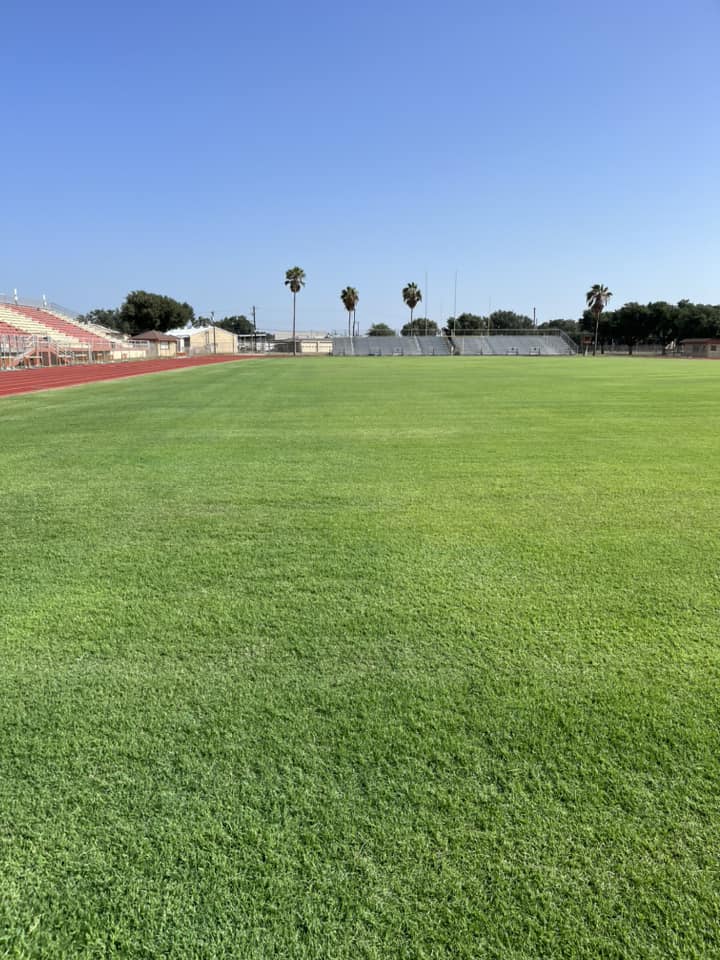
Garden Edging Techniques: Creating Clean and Defined Spaces with Riojas Turf Care Jun 30, 2025
To start, understanding the purpose of garden edging is crucial. Garden edging serves as a visual and physical boundary between different areas of your garden. It helps maintain the clean lines of your landscape design and prevents grass encroachment into garden beds, which can significantly reduce maintenance efforts. Moreover, proper edging ensures that mulch or soil stays in place, promoting healthy plant growth.
One of the most traditional and popular edging techniques is using spade-cut edges. This involves using a sharp spade to cut a distinct line between your lawn and garden bed. Although it requires regular maintenance to keep the edge sharp, it offers a natural and minimalist look ideal for informal garden designs. Plus, spade-cut edges are budget-friendly, making them a popular choice for homeowners.
For those seeking more definition and permanence, installing physical barriers can be highly effective. Options such as metal or plastic strips are available and can be buried partly underground to provide a solid barrier against grass and weed growth. Metal edging offers a sleek finish and long-lasting durability, while plastic edging can be more affordable and easy to install without specialized tools. However, the choice between metal and plastic should consider the overall aesthetic of your garden and budget constraints.
Another excellent way to achieve neatly defined spaces is by using natural materials like stone or brick. Stone edging, for instance, adds a rustic charm to your garden, creating a beautiful contrast between the greens of your turf and the vibrant colors of your flower beds. Bricks, on the other hand, offer a timeless appearance and can be laid in various patterns to complement both traditional and contemporary garden styles. While these materials require a more considerable upfront investment in terms of both cost and labor, their robustness and visual appeal can add significant value to your property.
Edging plants can also serve as a creative and environmentally friendly alternative for delineating garden areas. Small, hardy plants like lavender, boxwood, or ornamental grasses can create natural, living borders that blend seamlessly into the environment. These plants add texture and color, enhancing biodiversity and supporting local wildlife. When planting edging plants, consider their growth patterns and maintenance needs to ensure they complement the existing garden layout.
At Riojas Turf Care, we emphasize the importance of selecting the right edging technique that matches both your aesthetic preferences and functional requirements. Investing time and effort into choosing and maintaining the appropriate edging can minimize weeding and mowing time while optimizing the health and beauty of your garden.
In conclusion, effective garden edging is a vital component of garden design, serving both practical and aesthetic purposes. Whether you opt for traditional spade-cut edges, durable metal strips, charming natural stones, or living plant borders, each choice offers unique benefits. Riojas Turf Care is dedicated to helping you explore these options, ensuring your garden reflects your personal style and provides a perfect retreat.
/filters:no_upscale()/media/4e030101-bb7b-4e03-998f-75404b3bb6dc.jpeg)
/filters:no_upscale()/filters:format(webp)/media/30c09310-0932-4851-a2b4-812f6b17a356.jpeg)